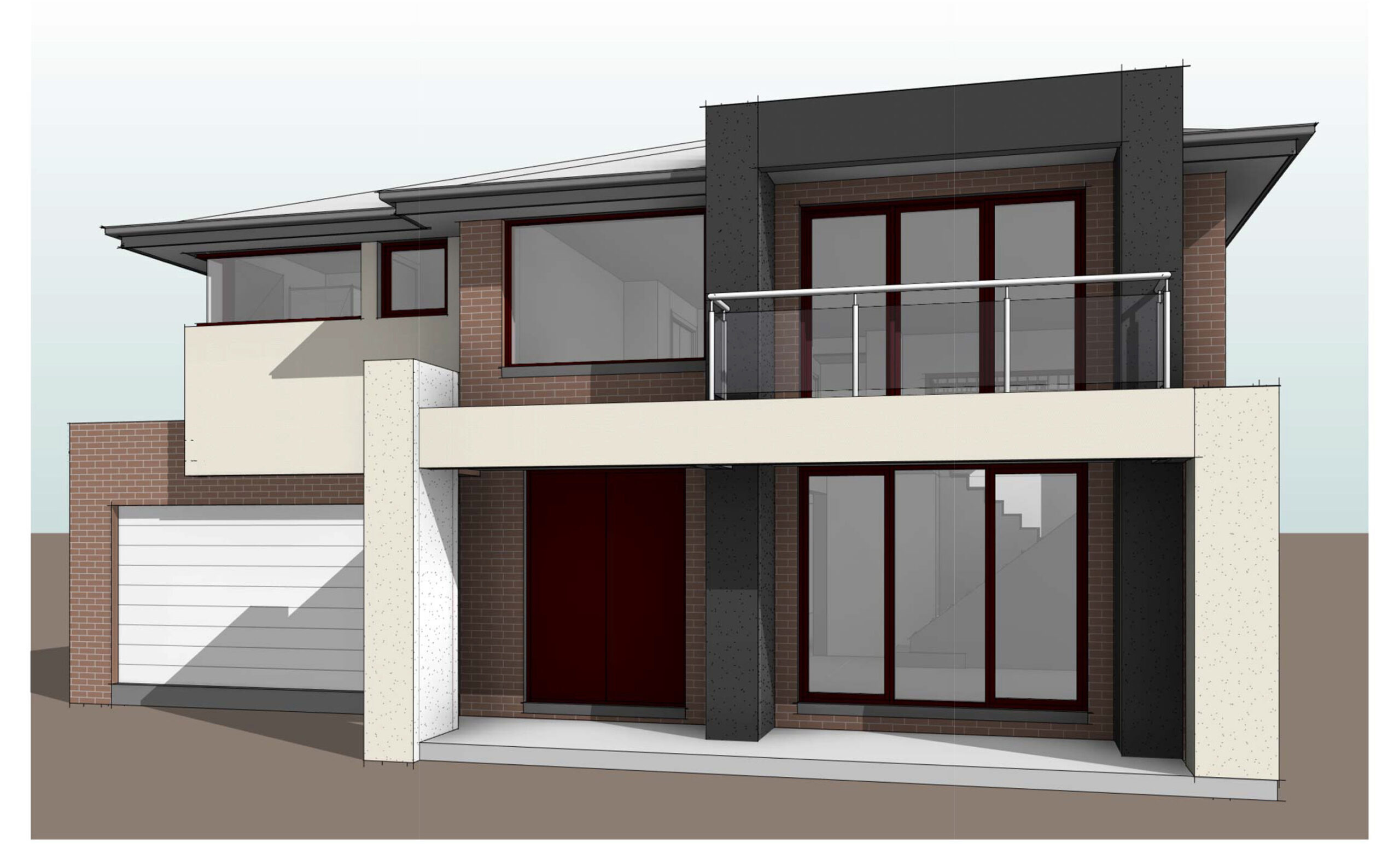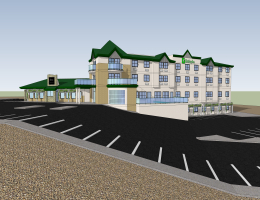Future in 3D – Outsource 3D Modeling
Posted on : Feb 02, 2023
The future of 3D technology is expected to continue to evolve and advance in several areas. Some possible developments and advancements include:
Increased realism: The quality of 3D graphics and models is expected to continue to improve, with more lifelike and accurate representation of materials, lighting, and other physical phenomena.
Virtual and augmented reality: The use of 3D technology in virtual and augmented reality applications is expected to continue to grow, allowing for even more immersive experiences.
Increased accessibility: As technology improves and becomes more affordable, it is likely that 3D modeling and animation tools will become more accessible to a wider range of people, including hobbyists and independent creators.
Advancements in 3D printing: 3D printing technology is expected to continue to advance, allowing for the creation of more complex and intricate objects and materials.
Greater integration with other technologies: It is possible that 3D technology will continue to become more integrated with other technologies, such as artificial intelligence and machine learning, to create even more advanced and innovative applications.
These are just a few of the potential developments and advancements in the future of 3D technology. It is likely that the field will continue to evolve and expand in new and exciting ways.
Here are a few additional areas where 3D technology is expected to evolve in the future:
Real-time rendering: The ability to render high-quality 3D graphics in real-time is expected to continue to improve, allowing for more interactive and responsive applications.
Automated 3D modeling: With advancements in artificial intelligence and machine learning, it is possible that more and more tasks in the 3D modeling process will become automated, freeing up time for artists and designers to focus on more creative work.
Cross-platform compatibility: As 3D technology becomes more widely used, it is likely that there will be greater efforts to ensure that 3D models and files are compatible across different platforms and applications.
Cloud-based 3D technology: The use of cloud computing for 3D applications is expected to increase, allowing for more powerful and scalable solutions for complex projects.
Expansion into new industries: As 3D technology continues to improve, it is likely that it will be adopted by a wider range of industries, including architecture, healthcare, education, and more.
These are just a few of the potential directions that 3D technology may evolve in the future. It is an exciting time for the field, and there are likely to be many new and innovative developments to come.




